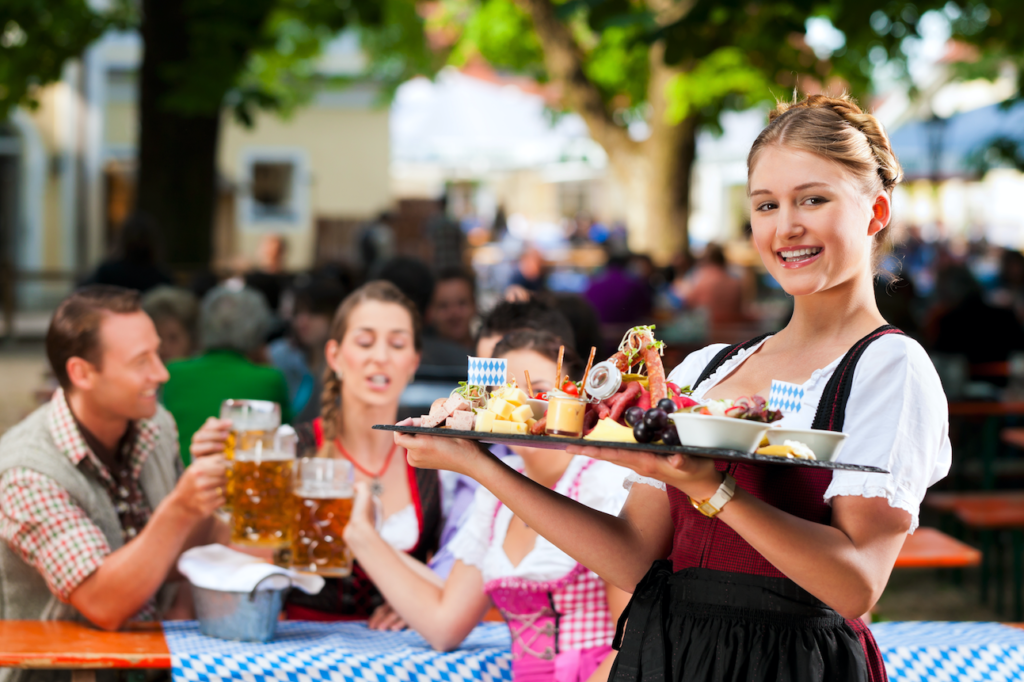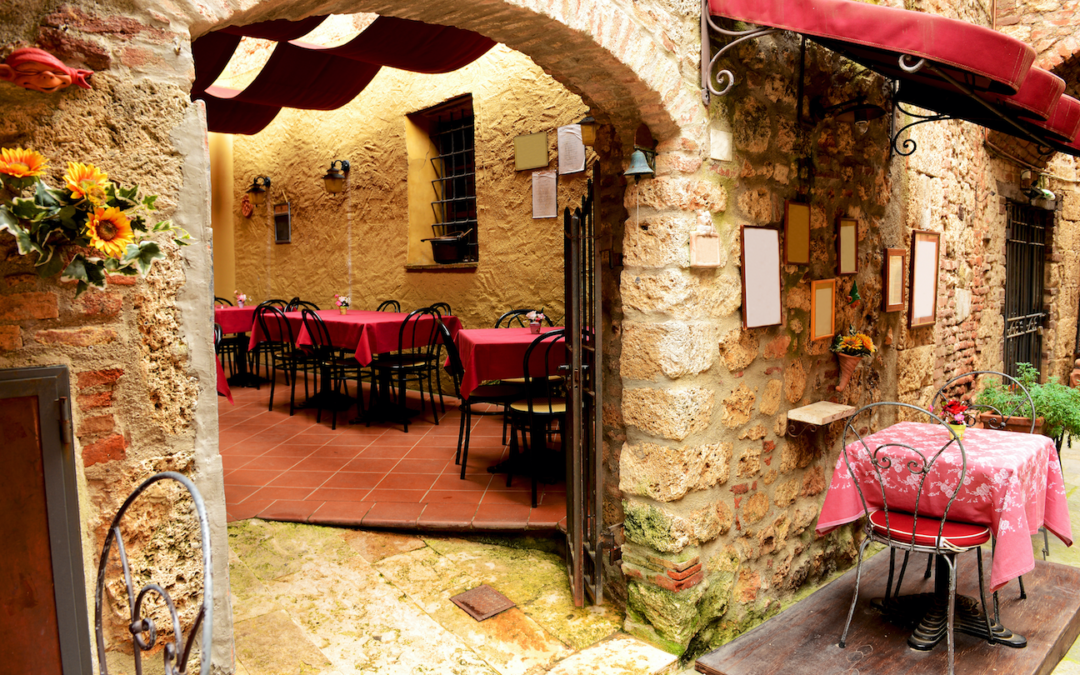Planning a trip to Europe can be hard work. Planning a GREAT trip to Europe is a daunting task. However, with the proper research and reservations, you can definitely get the best out of your European vacation, and ensure that what you eat and drink will be as important to the experience as what you see and do.
For many tourists, food and drink is an afterthought. Eating local means non-descript pasta in Italy washed down with some sort of wine… plate after plate of sausages and sauerkraut in Germany with a standard light lager… cone of fries and a Stella Artois in Belgium…
All these things are fine for tourists (except the Stella in Belgium! c’mon!) if you really have no interest in connecting with the culture and just want to avoid going hungry while you see the sights. But many travellers want to engage with the local scene and immerse themselves in the region and aren’t sure how to go about this.
If you’re one of those travellers, here are a few suggestions when planning your trip.
- Don’t assume there is a “national” cuisine. Take Italy for example. The pizza/pasta stereotype for Italy just doesn’t cut it when you look at the huge variety of regional food traditions – the cuisine of the Veneto is not the same as the cuisine of the Alto-Adige or Emilia-Romagna or Liguria or… you see what I’m getting at. There are plenty of restaurants that cater to tourists that will serve the same basic pizza/pasta throughout Italy. But to really connect, you want to read about the food culture in the specific region you are visiting, and seek out restaurants that celebrate it! If Italy is on your list, I would highly recommend reading “Italian Cuisine: A Cultural History” by Capatti and Montanari as you are planning. It’s not a recipe book, but regional dishes are explained in context. Highlight the ones that interest you, then find restaurants that specialize in those dishes.
- When you are in Europe with no specific plans for your meals that day, take note of restaurants that don’t seem to cater to tourists. Not on the main squares. No English menu. No “tourist menu” (that always makes me laugh – they actually put that on the signs out front of some restaurants!) No bow-tied pushy waiter standing out front trying to convince you to step inside. A place where you are mostly hearing the local language, and where ordering might be a bit of an adventure! If you know a few basic words in the language, and maybe can use your phone to translate anything your are unsure of, you’ll be fine and you’ll probably have one of the most memorable experience of your trip!
- More expensive does not necessarily equal better quality. Many of the best food and drink experiences are the ones that the locals can afford too. I’ve had plenty of €3 glasses of house wine that suited the food and my palate better than the much more expensive bottles from the restaurant’s cellar. I’ve had ultra-cheap beer and food in little taverns in rural Germany that completely outshone the expensive meals offered at the hotel restaurant.
If you are interested in letting someone else take care of these details for you – we’re your people!
Eat and Drink Like a European offers the most unique tours in the industry – the best food and drink experiences with a focus on the most interesting history, art, and architecture. 


Recent Comments